

Published in the United States of America by Cherry Lake Publishing Ann Arbor, Michigan www.cherrylakepublishing.com Content Adviser: Dr. Tobias Owen, University of Hawaii Institute for Astronomy Photo Credits: Cover, Orlando Florin Rosu/Dreamstime.com; cover and page 6, Kevin Schley/Alamy; cover and page 8, MichaelTaylor/Shutterstock, Inc.; cover and pages 10 and 18, NASA; page 4, Orla/Shutterstock, Inc.; page 12, iStockphoto.com/larslentz; page 14, maryo/Shutterstock, Inc.; page 16, Sabino Parente/Shutterstock, Inc.; page 20, Mark Garlick/Alamy Copyright 2012 by Cherry Lake Publishing
All rights reserved. No part of this book may be reproduced or utilized in any form or by any means without written permission from the publisher.
LIBRARY OF CONGRESS CATALOGING-IN-PUBLICATION DATA Kazunas, Ariel. Uranus/by Ariel Kazunas. cm.(21st century junior library) Includes bibliographical references and index. cm.(21st century junior library) Includes bibliographical references and index.
ISBN-13: 978-1-61080-084-6 (lib. bdg.) ISBN-10: 1-61080-084-2 (lib. bdg.) 1. Uranus (Planet)Juvenile literature. I. Title.
QB681.K39 2011 523.47dc22 2010052610 Cherry Lake Publishing would like to acknowledge the work of
The Partnership for 21st Century Skills.
Please visit www.21stcenturyskills.org for more information. Printed in the United States of America
Corporate Graphics Inc.
July 2011
CLFA09
CONTENTS

Uranus is very far from both Earth and the Sun.
Comet or Planet?
Our
solar system has eight planets. They all travel around the Sun. Uranus is the seventh planet from the Sun. Uranus is more than 1.7 billion miles (2.7 billion kilometers) from Earth.

A comet streaks through the sky.

A comet streaks through the sky.
William Herschel thought he was looking at a comet when he first saw Uranus. Uranus was not discovered until 1781. An astronomer named William Herschel saw it through a telescope. Uranus looked like a comet through Herschels telescope. Scientists later figured out that it was a planet. Look! Try looking for Uranus in the night sky.
It is easiest to find when you are far away from any lights. A telescope will also help. Your teacher or librarian can help you find out where to look.  Uranus blue color comes from the gases that make up most of the planet.
Uranus blue color comes from the gases that make up most of the planet.
What Is It Like on Uranus?
Uranus does not have a solid surface as Earth does. It is a big blue ball of gas.
The planets core is probably made of rock and ice. But scientists are not sure yet.  The Voyager 2 spacecraft helped scientists learn more about Uranus and other faraway planets. Uranus travels around the Sun. The path it takes is called its orbit. The time it takes to go around the Sun one time is called a year.
The Voyager 2 spacecraft helped scientists learn more about Uranus and other faraway planets. Uranus travels around the Sun. The path it takes is called its orbit. The time it takes to go around the Sun one time is called a year.
Uranus has a long orbit. This is because it is so far from the Sun. Its years are very long. One year on Uranus is as long as 84 Earth years! Ask Questions! A NASA spacecraft called Voyager 2 collected information about Uranus. How do you think Voyager 2 collected this information? Ask a teacher or librarian to help you learn more about Voyager 2 and NASA.  The outer parts of Uranus are very cold.
The outer parts of Uranus are very cold.
Temperatures at the top of Uranuss clouds are very cold. They can get as low as 366 degrees Fahrenheit (221 degrees Celsius). Scientists think the inside of Uranus is much hotter. The middle of the planet might be as hot as 12,600F (6,982C)!  Most planets in our solar system have an axis that points up and down like Earths does.
Most planets in our solar system have an axis that points up and down like Earths does.
Spinning Sideways
Uranus
rotates differently than other planets. Every other planet in our solar system spins with its
axis pointing up and down.
But Uranus looks as if it has been knocked on its side. It spins with its axis pointing from side to side.  No other planet in our solar system has an axis like Uranuss. Scientists think Uranus used to spin like the other planets. A very big object probably rammed into Uranus. Create! Try sticking a pencil through the middle of a foam ball. Create! Try sticking a pencil through the middle of a foam ball.
No other planet in our solar system has an axis like Uranuss. Scientists think Uranus used to spin like the other planets. A very big object probably rammed into Uranus. Create! Try sticking a pencil through the middle of a foam ball. Create! Try sticking a pencil through the middle of a foam ball.
Hold the pencil straight up and spin it. This is how most planets rotate. Now turn the pencil on its side and spin it. This is how Uranus rotates!  Miranda is the fifth-largest of Uranuss moons.
Miranda is the fifth-largest of Uranuss moons.
Rings, Moons, and More
There are 27 known moons orbiting Uranus. Most of them are very small.
Uranus also has at least 10 rings. The rings were discovered in 1977. Make a Guess! Uranuss rings curve around the planet in a different direction than the ones around other planets. Why do you think this is? Could it have something to do with the way Uranus rotates?  What secrets does Uranus hold? There is a lot left to learn about Uranus. New tools will help scientists gather more information about this faraway planet. What will we find out next? Create! Try drawing a picture of Uranus.
What secrets does Uranus hold? There is a lot left to learn about Uranus. New tools will help scientists gather more information about this faraway planet. What will we find out next? Create! Try drawing a picture of Uranus.
Find a shade of blue that is just right. Look at a picture to make sure you put the rings in the right place.
GLOSSARY
astronomer (uh-STRON-uh-mur) someone who studies stars, planets, and space
axis (AK-siss) an imaginary line that goes through an object and around which the object turns
comet (KOM-it) a piece of rock or ice that orbits the Sun
orbit (OR-bit) to travel in a path around a central point
rotates (ROH-tayts) spins
scientists

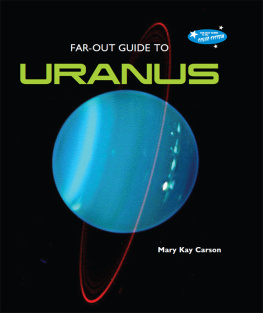
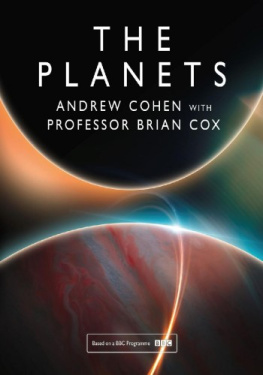
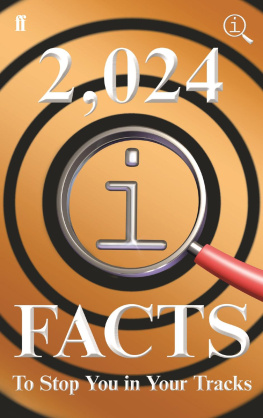
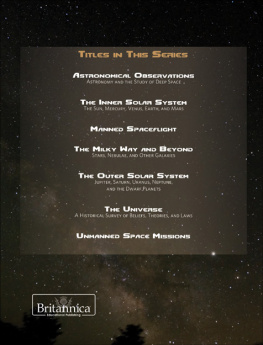
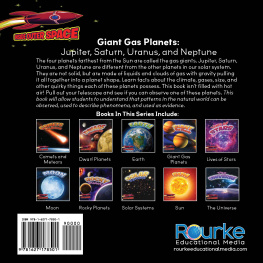

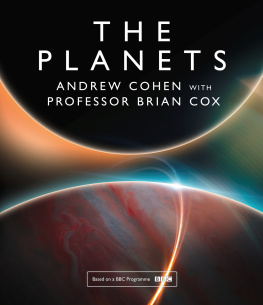

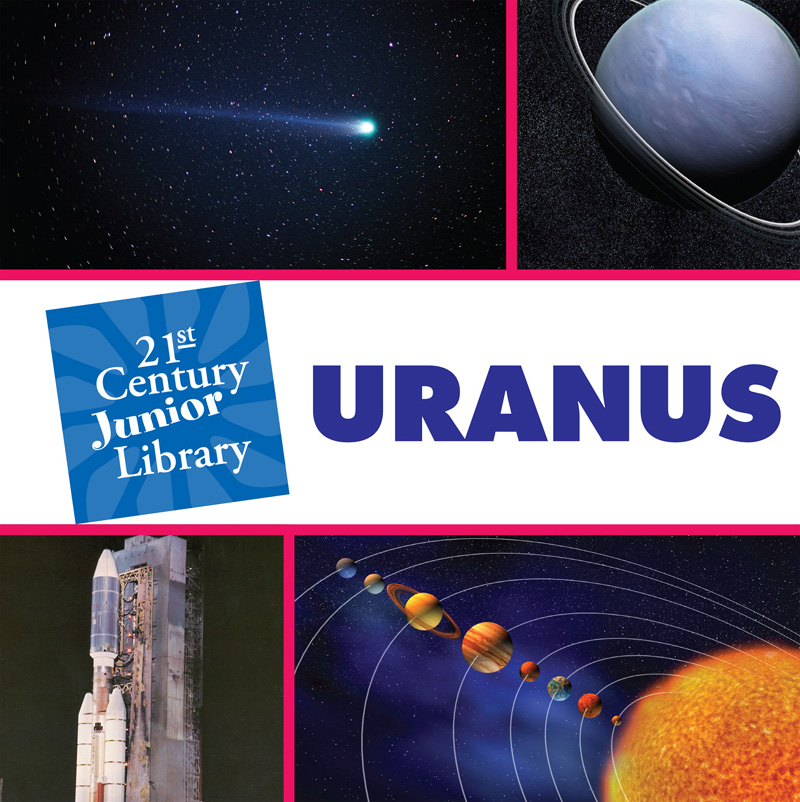

 Published in the United States of America by Cherry Lake Publishing Ann Arbor, Michigan www.cherrylakepublishing.com Content Adviser: Dr. Tobias Owen, University of Hawaii Institute for Astronomy Photo Credits: Cover, Orlando Florin Rosu/Dreamstime.com; cover and page 6, Kevin Schley/Alamy; cover and page 8, MichaelTaylor/Shutterstock, Inc.; cover and pages 10 and 18, NASA; page 4, Orla/Shutterstock, Inc.; page 12, iStockphoto.com/larslentz; page 14, maryo/Shutterstock, Inc.; page 16, Sabino Parente/Shutterstock, Inc.; page 20, Mark Garlick/Alamy Copyright 2012 by Cherry Lake Publishing
Published in the United States of America by Cherry Lake Publishing Ann Arbor, Michigan www.cherrylakepublishing.com Content Adviser: Dr. Tobias Owen, University of Hawaii Institute for Astronomy Photo Credits: Cover, Orlando Florin Rosu/Dreamstime.com; cover and page 6, Kevin Schley/Alamy; cover and page 8, MichaelTaylor/Shutterstock, Inc.; cover and pages 10 and 18, NASA; page 4, Orla/Shutterstock, Inc.; page 12, iStockphoto.com/larslentz; page 14, maryo/Shutterstock, Inc.; page 16, Sabino Parente/Shutterstock, Inc.; page 20, Mark Garlick/Alamy Copyright 2012 by Cherry Lake Publishing Uranus is very far from both Earth and the Sun.
Uranus is very far from both Earth and the Sun.  A comet streaks through the sky.
A comet streaks through the sky.  Uranus blue color comes from the gases that make up most of the planet.
Uranus blue color comes from the gases that make up most of the planet. The Voyager 2 spacecraft helped scientists learn more about Uranus and other faraway planets. Uranus travels around the Sun. The path it takes is called its orbit. The time it takes to go around the Sun one time is called a year.
The Voyager 2 spacecraft helped scientists learn more about Uranus and other faraway planets. Uranus travels around the Sun. The path it takes is called its orbit. The time it takes to go around the Sun one time is called a year. The outer parts of Uranus are very cold.
The outer parts of Uranus are very cold. Most planets in our solar system have an axis that points up and down like Earths does.
Most planets in our solar system have an axis that points up and down like Earths does. No other planet in our solar system has an axis like Uranuss. Scientists think Uranus used to spin like the other planets. A very big object probably rammed into Uranus. Create! Try sticking a pencil through the middle of a foam ball. Create! Try sticking a pencil through the middle of a foam ball.
No other planet in our solar system has an axis like Uranuss. Scientists think Uranus used to spin like the other planets. A very big object probably rammed into Uranus. Create! Try sticking a pencil through the middle of a foam ball. Create! Try sticking a pencil through the middle of a foam ball. Miranda is the fifth-largest of Uranuss moons.
Miranda is the fifth-largest of Uranuss moons. What secrets does Uranus hold? There is a lot left to learn about Uranus. New tools will help scientists gather more information about this faraway planet. What will we find out next? Create! Try drawing a picture of Uranus.
What secrets does Uranus hold? There is a lot left to learn about Uranus. New tools will help scientists gather more information about this faraway planet. What will we find out next? Create! Try drawing a picture of Uranus.